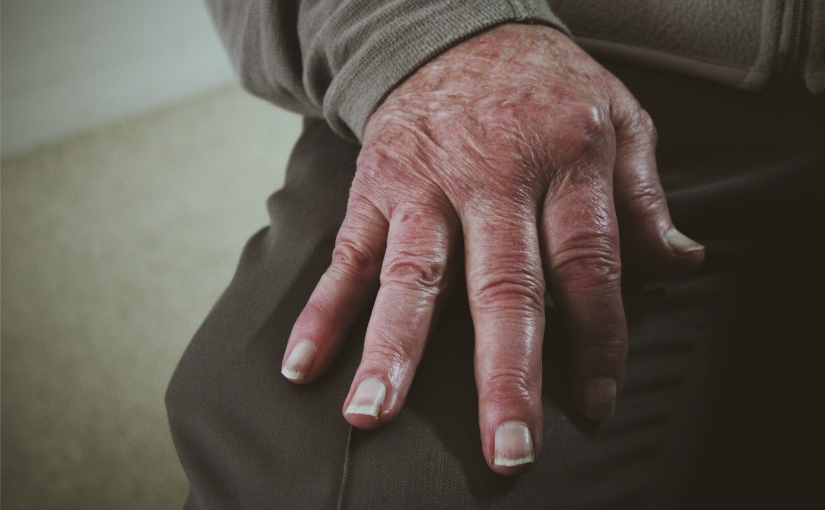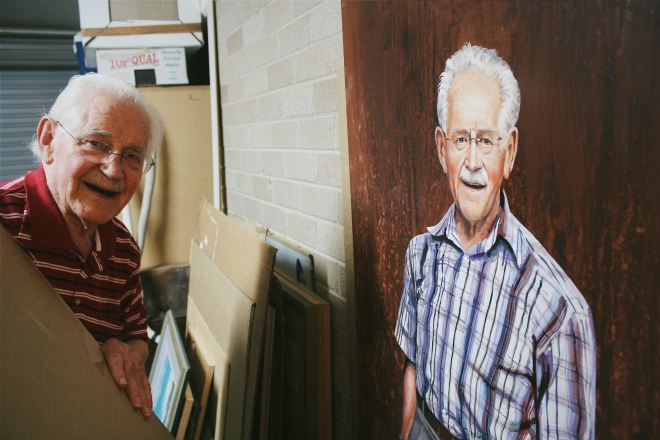Globalization, with its sense of “interconnectedness” (O’Shaughnessy, 2012) influences every-day contemporary life through the merging of global politics, economics and media. The frequency of such worldwide interaction and exchange as well as travel has seen local cultures or ‘Glocals’ (W. Ryoo, 2009) now thoroughly infused with the rest of the world. They can build their identity and share a unique perspective through artistic expression. This is evident in the growing popularity and expansion of global film and music.

News media and trade magazines have recognized the rise of Korean popular culture in Asia – from food and music to eyebrow-shaping and shoe styles. In fact, Western musicians have used K-pop presumably to gain Asian audiences whilst simultaneously exposing westerners to the ‘Korean wave’ phenomenon (D. Shim, 2006).

K-pop “…skilfully blends Western and Asian values, creating its own culture and identity” (D.Shim, 2006). The whole experience is an expensive rush of bright lights, vibrant colours and unique fashion and accessories. On the opposite end of the spectrum is the low-budget, amateurish and narrative driven Nigerian film industry, Nollywood (O. Okome, 2007).

‘The Visit’ – Nollywood Trailer
When the oil boom went bust, so did the rest of Nigeria’s economy (J.C McCall, 2004). Filmmakers couldn’t afford to buy film stock from abroad and bankrupt theaters shut down for good. However, a revolution in consumer electronics enabled affordable access to video-cameras. Unsurprisingly, the production value does not meet ‘Hollywood’ standards. Nor does it impact national unity because its films aren’t shown in movie theaters or television (O. Okome, 2007). Rather, this industry focuses on Nigerian employment, entertainment and social/political issues which holds sentimental value perhaps brighter than the glamour of Hollywood or the Korean wave.
References:
D. Shim, ‘Hybridity and the rise of Korean popular culture in Asia’, ‘National University of Singapore’, Vol. 28, 2006, pg.25-44
J.C. McCall, ‘Nollywood Confidential: The unlikely rise of Nigerian video film’, issue 95, Vol. 13, No., 2004, pg. 98-109
O. Okome, ‘Nollywood: Spectatorship, Audience and the Sites of Consumption’, ‘University of Alberta’, Vol 3, No. 2, 2007, pg. 1-19
O’Shaughnessy, Michael 2012, ‘Globalisation’, in Media and Society, 5th ed. ‘Oxford University Press, South Melbourne’, pp. 458-471
W. Ryoo, ‘Globalization, or the logic of cultural hybridization: the case of the Korean wave’, ‘Asian Journal of Communication’, 19:2, 2009, pg. 127-151






























